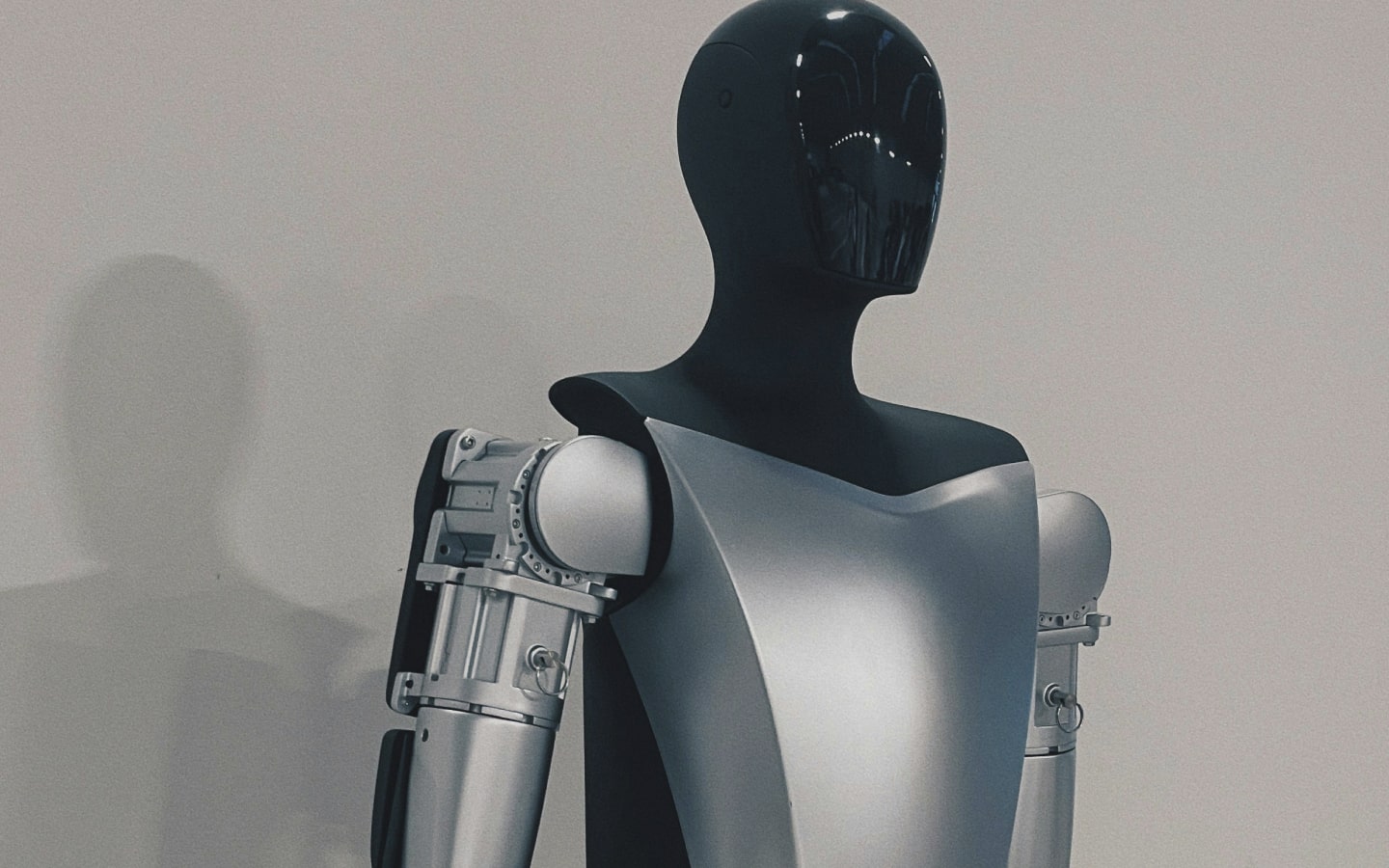Demand for Robotics: Present and Urgent
Robots have long been promised as the answer to severe and worsening industrial labor shortages – and demand for them is real. Leaders of multiple public manufacturing and logistics companies have told us that robotics is the board-level topic of discussion across their organizations as they grapple with persistent labor shortages.

Why Today’s Robots Fall Short
The challenge is that today’s robots are limited in scope and extremely hard to deploy. Most industrial robots are confined to simple, repetitive, highly structured tasks (e.g., palletizing, pick-and-place, etc). Every new task must be painstakingly planned, manually programmed in arcane PLC code, and tested extensively on-site.
The combination of these factors leads to sky-high implementation costs that are often equal to or greater than the cost of the underlying hardware itself. For example, a standard robotic arm in heavy industry will cost ~$150-200K to deploy, which is about as much as the arm itself.

Moreover, because most logic is statically hardcoded, today’s robots can only operate in stable environments. They fail when handling deformable materials (like liquids, fabrics, or cables), and struggle to tackle long-horizon tasks or those in outdoor environments – excluding massive swaths of potential use cases.
Enter Physical Intelligence: The GPT of Robotics
Physical Intelligence (PI) is building a generalizable robotics foundation model that can adapt to new tasks and hardware with significantly less custom programming or manual data collection. Early pilots show deployment times shrinking from months to days, with the model transferring quickly across new tasks and robot types.
Building such a model is profoundly difficult. Unlike large language models trained on the open web, there is no internet-scale corpus of physical-world data that is ready to be used for robotics training. And because models need to be trained on actual robots or in high-fidelity simulations, scaling training runs is far more difficult than in pure language or vision domains.
To tackle these challenges, PI has assembled a pantheon of leaders across robotics, reinforcement learning, and enterprise software.
Karol Hausman, Chelsea Finn, and Sergey Levine are among the world's most cited researchers in robotic learning and reinforcement learning –- drawing from a wealth of experience leading labs at Google Brain, Stanford, and UC Berkeley. Lachy Groom was an early employee at Stripe, where he led numerous product and growth initiatives across issuing, checkout, and international expansion.
The Opportunity Ahead: A Billion Robots
The market opportunity here is immense. Immediately, there is an over $30B SI market for industrial robots that PI is primed to disrupt by making deployments radically easier. But this is just the tip of the iceberg. Because PI’s models enable robots to handle more dexterous, dynamic, and long-horizon tasks, they will make physical automation finally possible in entirely new industries that have huge amounts of latent demand – everything from textiles and electronics to healthcare and energy. Consumer use cases are also an exciting frontier of application.
At Emergence, we are laser-focused on investing early in technologies that change the way people work. Robotics is the next great frontier of work transformation, and we couldn’t be more excited to partner with Physical Intelligence to lead that charge. We believe PI will become one of the defining companies of our generation, helping to usher in a new era where intelligent, adaptable robots become part of everyday work across the physical world.


